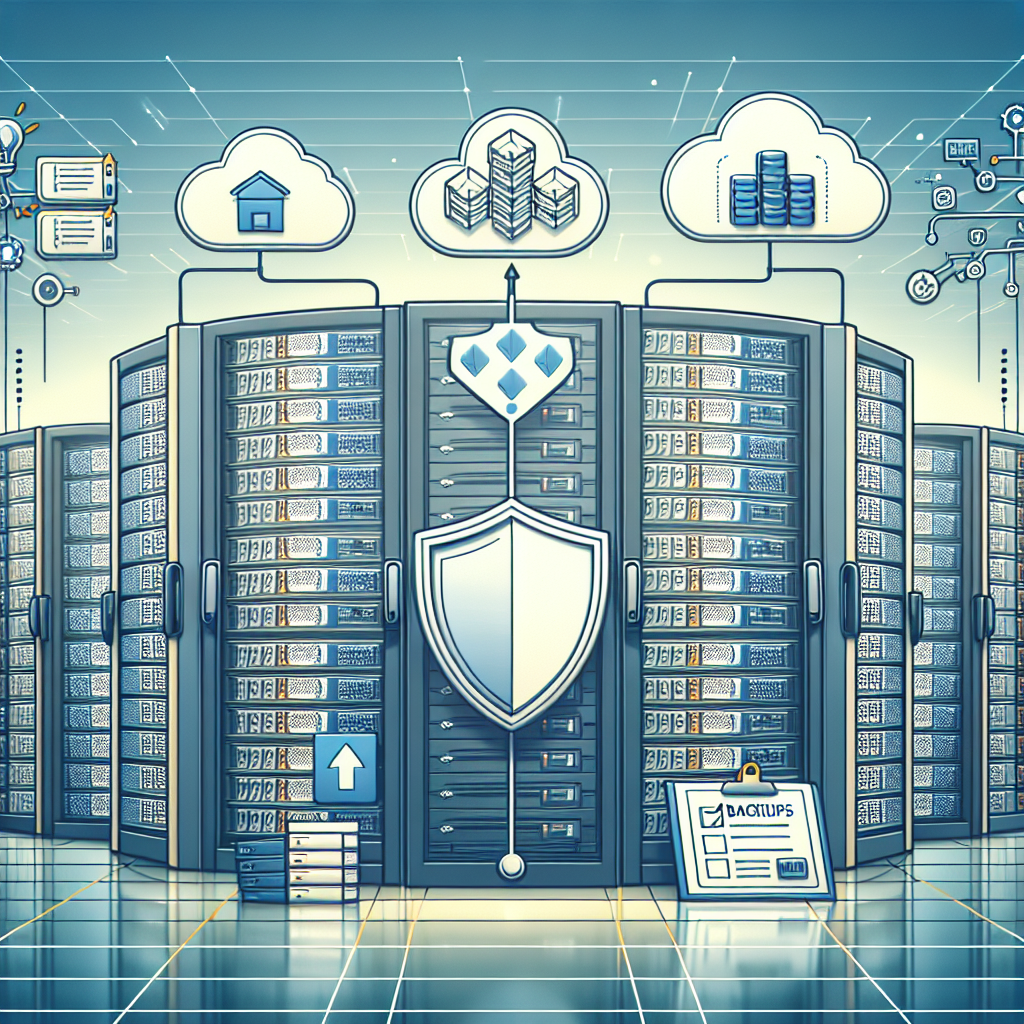Your cart is currently empty!
Disaster Recovery Planning for Data Centers: Building a Robust Backup Strategy

Disaster recovery planning is a critical aspect of ensuring the continuity of operations for data centers. In the event of a disaster, whether it be a natural disaster, cyberattack, or hardware failure, having a robust backup strategy in place is essential to minimize downtime and data loss.
Building a comprehensive disaster recovery plan starts with identifying potential risks and vulnerabilities that could impact the data center. This includes assessing the likelihood of various disaster scenarios and the potential impact they could have on the organization’s operations. Once risks have been identified, a backup strategy can be developed to mitigate these risks and ensure that critical data and systems can be restored in a timely manner.
One key component of a robust backup strategy is regularly backing up data to offsite locations. This ensures that in the event of a disaster at the primary data center, data can be quickly restored from a secondary location. The frequency of backups will depend on the organization’s needs and the criticality of the data being backed up. For some organizations, daily backups may be sufficient, while others may require more frequent backups to ensure minimal data loss.
In addition to regular backups, data centers should also implement redundancy and failover mechanisms to ensure that operations can continue even in the event of hardware failure. This may include redundant power supplies, networking equipment, and storage systems, as well as failover systems that can quickly take over in the event of a primary system failure.
Testing is another critical aspect of disaster recovery planning. Regularly testing backup systems and procedures ensures that they will function properly when needed. This can include conducting simulated disaster scenarios to test the effectiveness of the backup strategy and identify any weaknesses that need to be addressed.
Finally, data centers should also have a communication plan in place to ensure that all stakeholders are informed in the event of a disaster. This includes notifying employees, customers, and other relevant parties of the situation and providing regular updates on the status of recovery efforts.
In conclusion, disaster recovery planning is essential for data centers to ensure the continuity of operations in the event of a disaster. By building a robust backup strategy, implementing redundancy and failover mechanisms, regularly testing backup systems, and having a communication plan in place, data centers can minimize downtime and data loss and ensure that critical operations can continue even in the face of a disaster.

Leave a Reply